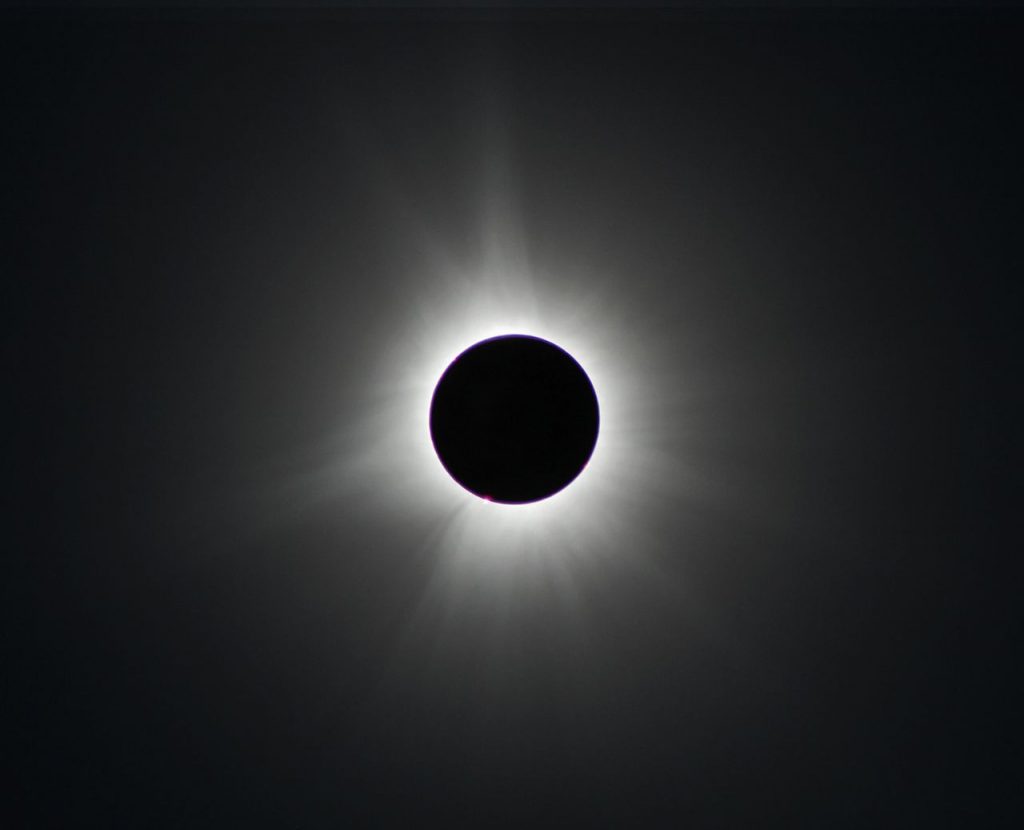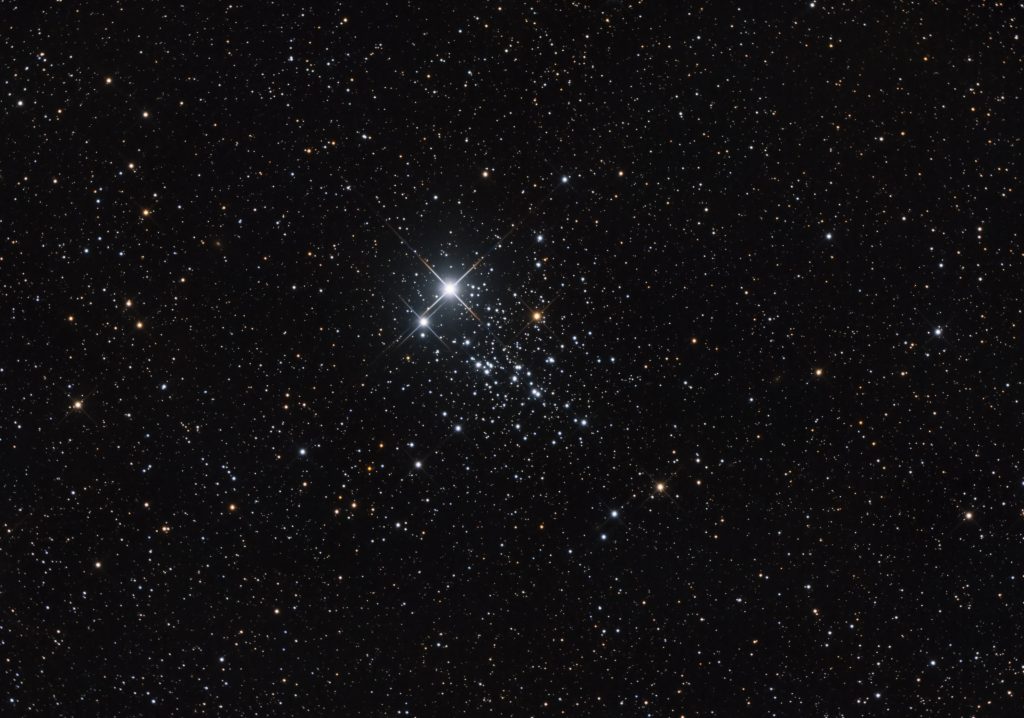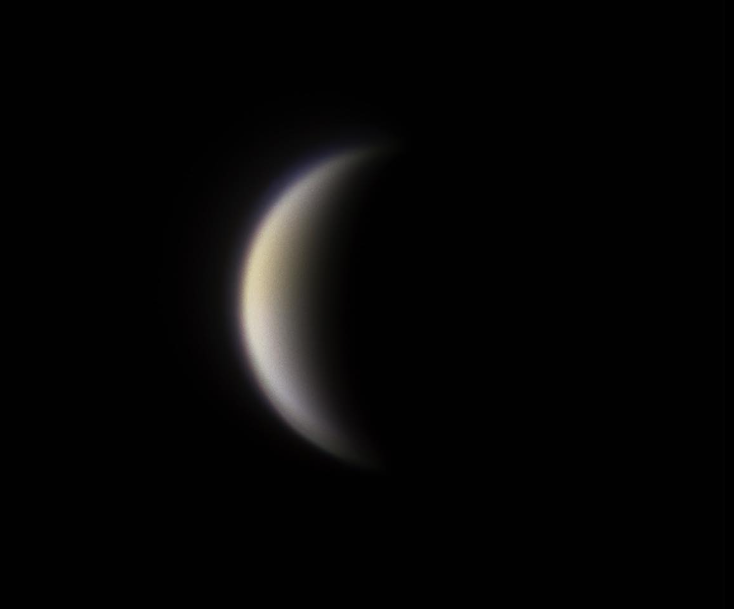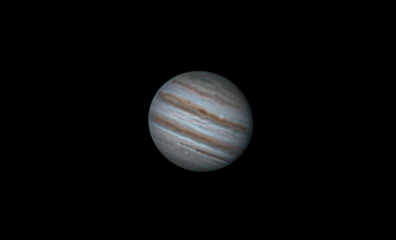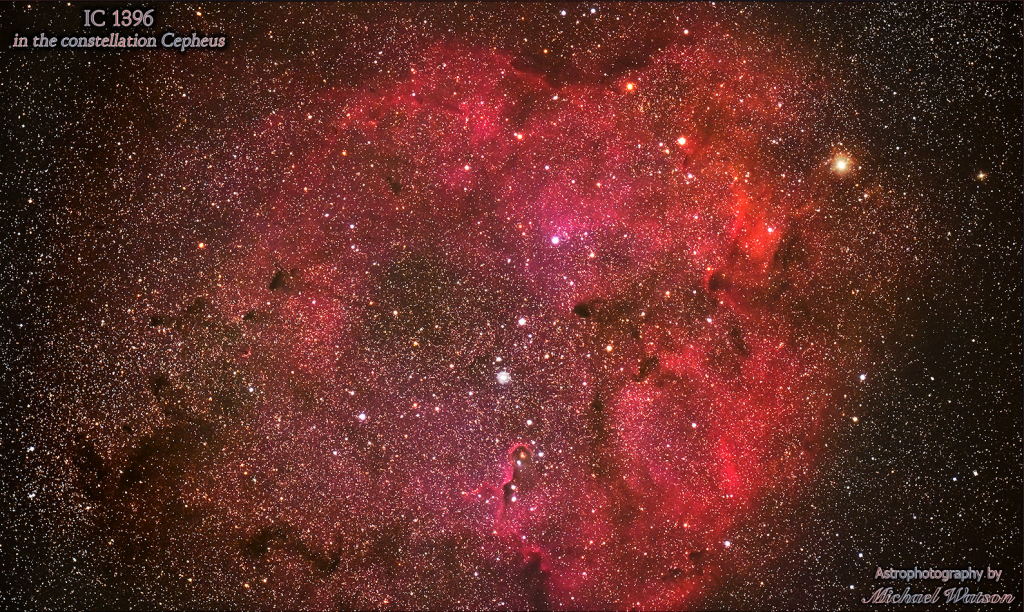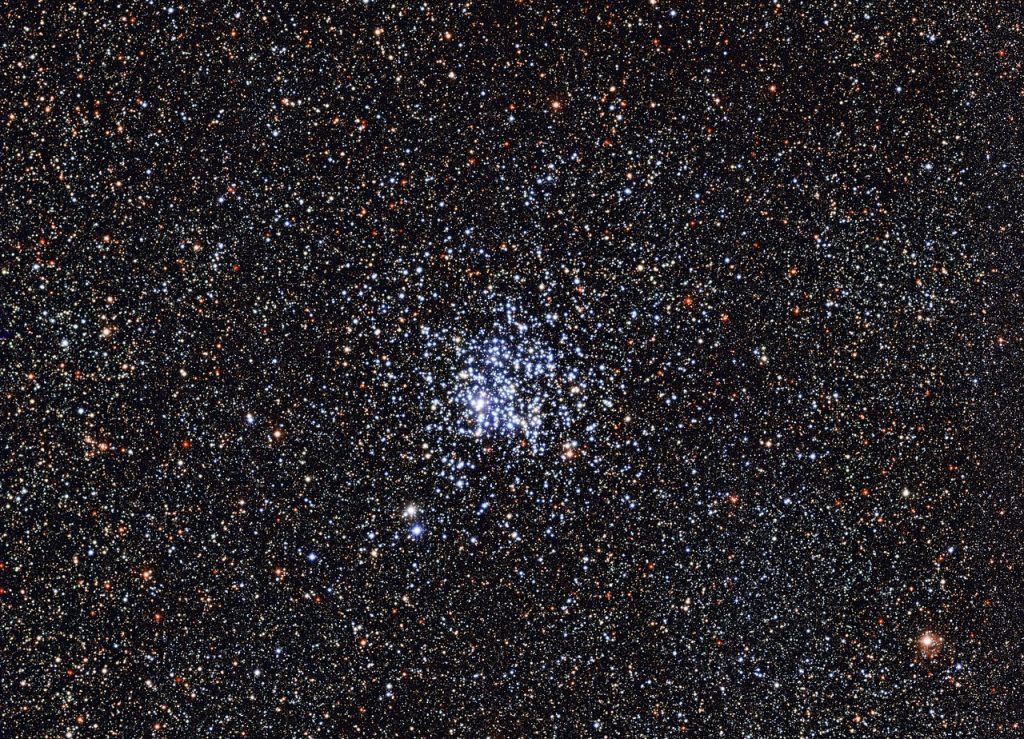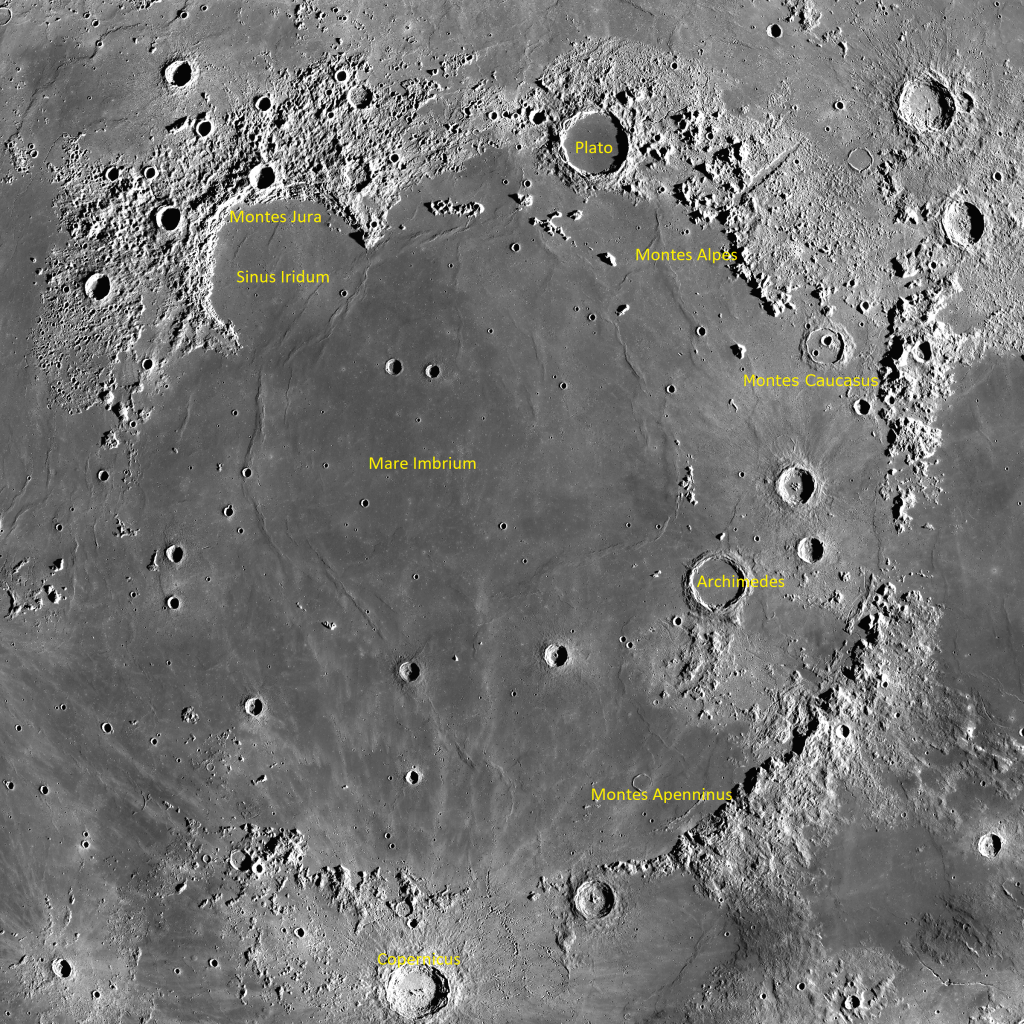Cygnus Soars on High in Moonless Evening, Planets all Night Long, plus Meteors, a Morning Comet, and Zodiacal Light!
This image of the North American Nebula was captured in 2018 near Thornbury, Ontario by my friend Sailu Nemana. Several of the surrounding bright stars and star clusters within it are highlighted. The Pelican Nebula (at right) is formed by the dark dust of LDN 935. The re/pink colour is produced by ionized hydrogen gas.…
Read more


